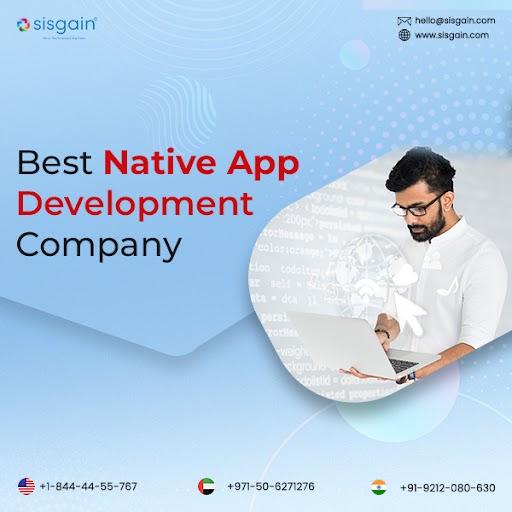Introduction
Native mobile app development offers unparalleled user experiences, but it's not without its challenges. Bugs and glitches can emerge at any stage of development, from coding to deployment. To ensure your app meets the highest standards, mastering debugging techniques is essential. In this article, we'll explore proven strategies to diagnose and fix issues in native mobile apps, enhancing the quality of your creations.
1. Understand the Bug's Context
When a bug occurs, resist the urge to dive straight into the code. Instead, gather as much information as possible about the bug's context. What actions triggered it? Does it occur consistently or intermittently? Understanding the bug's environment is the first step to effective debugging.
2. Utilize Logging
Logging is a powerful tool that helps you understand the flow of your code and identify where issues might arise. Use logging statements strategically to track variables, function calls, and important events. Analyzing the log output can provide valuable insights into the bug's origin.
3. Break Down the Problem
Divide and conquer: break down the problem into smaller sections to isolate the root cause. Comment out sections of code to identify which part is causing the issue. This process of elimination can narrow down the source of the bug and save you time in the debugging process.
4. Take Advantage of Debugging Tools
Modern integrated development environments (IDEs) offer robust debugging tools. Set breakpoints, inspect variables, and step through your code line by line to observe its behavior in real-time. Tools like Xcode for iOS and Android Studio for Android provide comprehensive debugging capabilities.
5. Replicate the Bug
If you can consistently replicate the bug, you're one step closer to solving it. Create a test case that mirrors the scenario in which the bug occurs. Isolating the problem in a controlled environment makes it easier to analyze and fix.
6. Use Code Analysis Tools
Static code analysis tools can help identify potential issues without running the app. These tools scan your code for common coding mistakes, potential bugs, and code smells. They can catch problems that might otherwise go unnoticed.
7. Seek Fresh Perspectives
Sometimes, a fresh set of eyes can make all the difference. Collaborate with team members or seek help from online developer communities. Another developer's perspective might provide insights you haven't considered.
8. Test on Different Devices
Device-specific issues can be challenging to track down. Test your app on a variety of devices, operating systems, and versions. This can help you identify bugs that only surface under specific conditions.
9. Document and Learn
As you identify and fix bugs, document your process. Keeping a record of your debugging techniques can create a valuable resource for future projects. Over time, you'll build a toolbox of strategies that will streamline your debugging efforts.
Conclusion
Debugging is a fundamental skill for every native mobile app developer. By incorporating these techniques into your workflow, you can effectively diagnose and resolve issues, ensuring that your apps deliver a seamless user experience. Remember, debugging isn't just about fixing problems – it's about refining your coding skills, enhancing your understanding of your app, and ultimately creating high-quality, bug-free applications that users will love.

